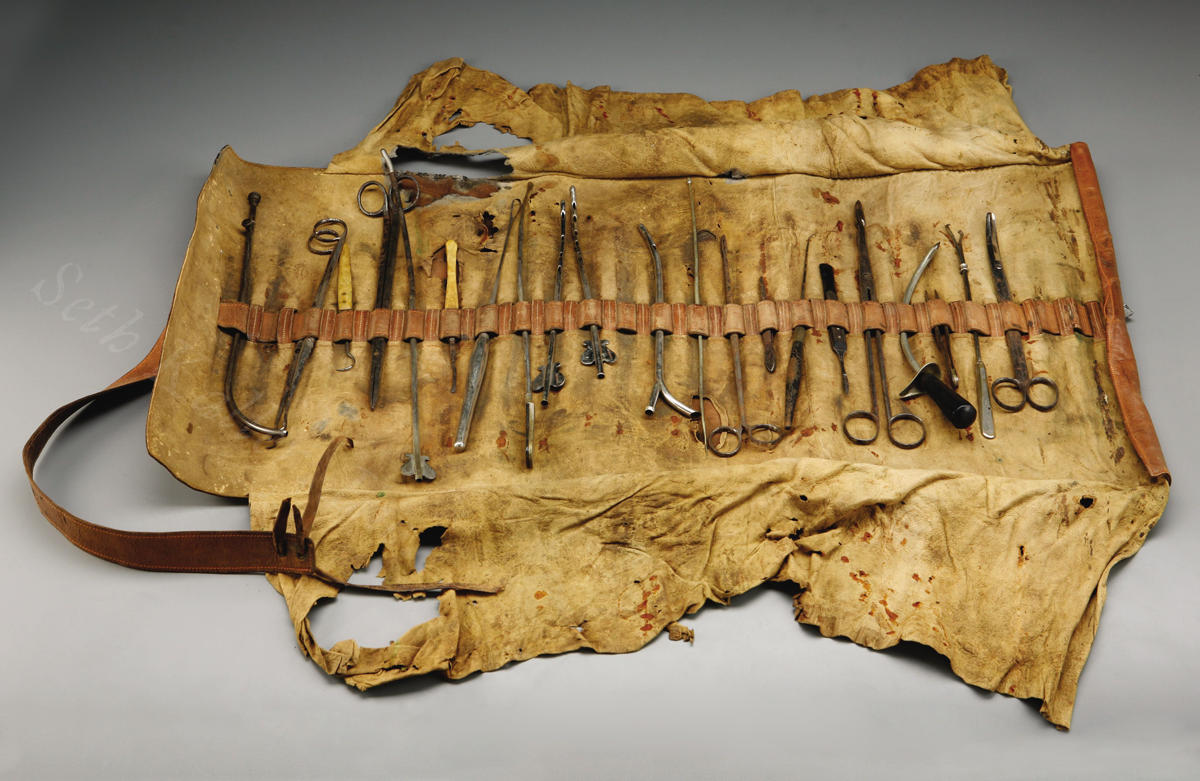Former Combat Medic here with some desert time.
Quikclot is great - I recommend the bags or the combat gauze over the powder. Don't make the mistake of not holding pressure. Read the instructions and watch the videos. This stuff works and it's insanely good. I had combat gauze on every mission and plenty more in the truck waiting if I needed it.
A CAT or SOF-T tourniquet is a great thing to have in pack. I'm all for cutting ounces but these literally stop the wound from being a problem, and they don't necessarily increase your chances of losing the limb. An SF guy went something like 30+ hours with a tourniquet and had full use of his arm 1 year later. Mind boggling but I read it in the Journal.
A Chitosam is OK for some wounds but I think the combat gauze is superior. A Chito I have felt works good for areas where your vascular system is closer to the surface, so you don't have to get down as deep to promote coagulation. The one time I saw it used well was on a deep laceration on the bicep. It probably wasn't necessary but it definitely worked. I have felt that a Quikclot product is superior because it can handle more situations than a Chitsam. If you haven't seen the Quikclot pig "Black Hawk Down" scenario, YouTube it and imagine trying to stuff a Chitosam down there. It'll make better sense then.
Israelis are great, love them and I think they're a great compliment to something like QuikClot or Combat Gauze. Get that stuff in there, pack it in nice and tight, then wrap it all with an Israeli for the ride or walk out.
Mike7, here you go: Tourniquets in the military historically were about 1/2" wide, which is not enough to stop the bleeding in the majority of situations. The Surgeon General for the US Army in WWII commented that a tourniquet is a waste of time, and if someone needed it, to move on. They didn't know the real issue, and it wasn't addressed. By Vietnam, we had upgraded to a better tourniquet, but we didn't know how to treat casualties that had already had tourniquets on. Tourniquets were carried and folks were taught how to use them, but they were discouraged from using them because they were seen as an absolute last resort, ONLY in situations where you had to choose between life and limb. Hindsight is 20/20, but really think about the pressure they were putting on an 18 year old infantryman who had to try and figure out just how serious this wound was while in a combat scenario.
Fast forward to the late 90s, when we realized after much research into Vietnam casualty statistics, the majority of preventable deaths in Vietnam could have been prevented with a simple tourniquet. After further study, we found that our ERs were able to handle a tourniquet patient even better and it didn't even mean they would necessarily lose the limb. In the last 20 years, we've expanded that even further because of all the limb injuries and losses related to IEDs (making lemonade out of lemons no doubt).
Personally, I don't think you'll get treatment from anyone but yourself within the golden hour if you're back country. Carrying this stuff on a backcountry trip is exactly what it's designed for. I agree that phone service is critical but if it takes 2-3 hours for a helicopter to get your butt out of there, you better hope you know what you're doing in the meantime.
CasNed - I am not sure what your experience is with those HyFin's but I definitely preferred those over the ACS. If you're going to invest in these, definitely go HyFin, not ACS. ACS's suck. I don't carry any vented product because I never really found it to be necessary (just basing that on stats, I haven't had enough chest trauma experience in the field to see the difference between vent and no vent), but I do make sure my products are still in their plastic so I can use that for thoracic or abdominal wounds.

